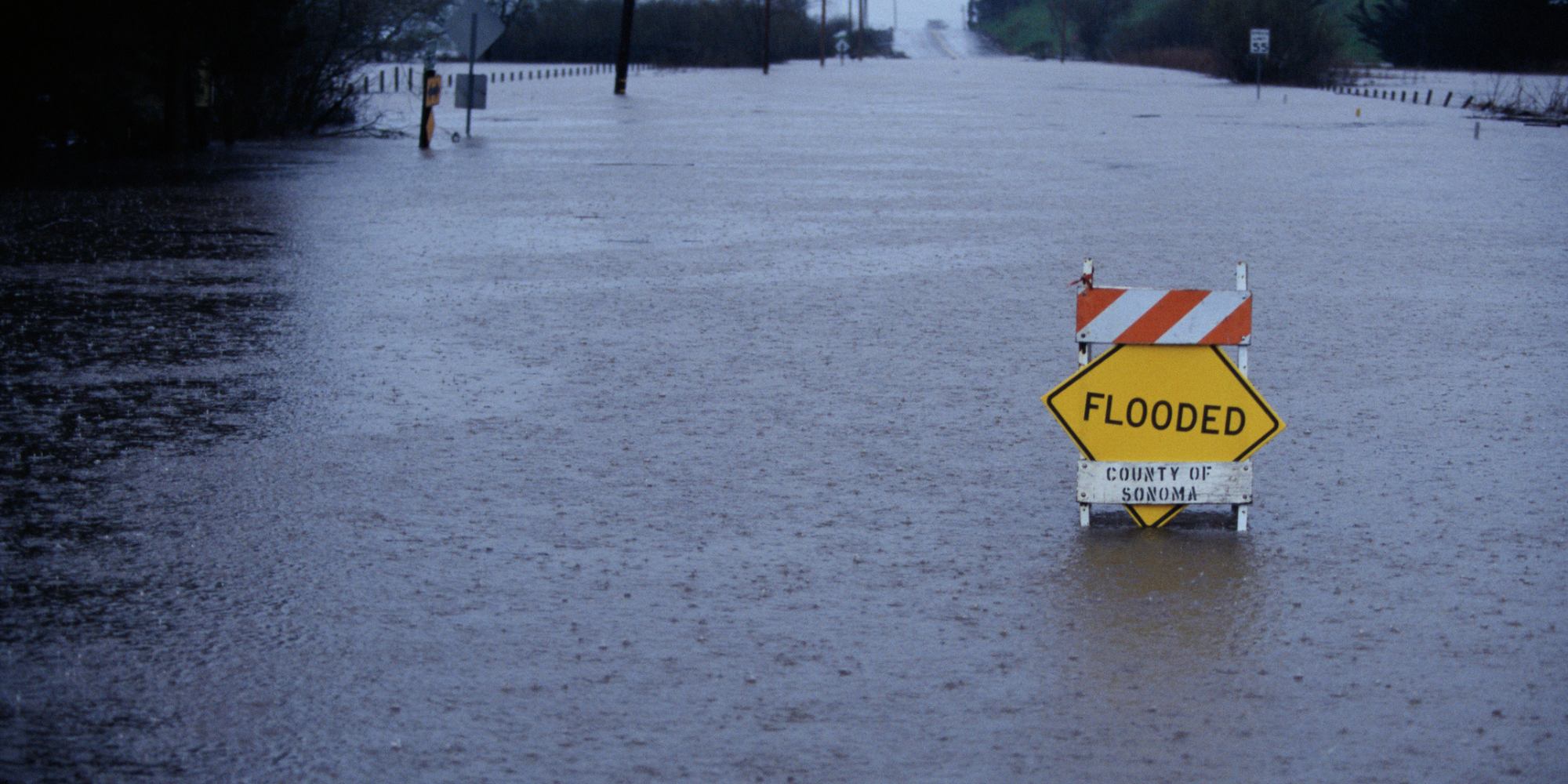Housing and climate change are inseparable. We only need to read the news to understand climate change’s profound impact on housing from Hurricane Ian, which caused $112.9 billion in economic damages, to extreme heatwaves linked to hundreds of deaths in cities like Phoenix. Often climate events necessitate some level of resident relocation or rehousing—either temporarily or permanently.
However, it’s not just the immediate impacts of climate change that intersect with housing. There are longer term impacts like droughts and sea level rise that will fundamentally change where people can and want to live. We already see that global climate migration is underway globally and some of those trends are cropping up in the United States. Cities like Cincinnati, OH, and Duluth, MN, are already preparing for the future as “climate havens,” places where people can move to escape wildfires, hurricanes and extreme heat which means accommodating more people in a country with a chronic undersupply of housing, especially affordable housing.
In both instances—responding in the aftermath of a natural disaster or planning long-term for climate migration—marginalized populations will continue to bear the brunt of climate change. Low-income residents who live paycheck to paycheck have less of a financial cushion to lean back on when climate-related events do occur. Couple these economic challenges with systemic challenges like the lingering impacts of redlining or the challenges elderly residents, or people with different abilities or chronic conditions face daily: climate change does not affect everyone equally.
Housing Support in the Immediacy of a Crisis
Supporting the unhoused population
The unhoused population is often the most vulnerable in the aftermath of a crisis. During Texas’ recent winter storm, cities scrambled to get information about warming shelters available to unhoused residents. Similarly in California, cities needed to get information out on cooling shelters. Put simply, our unhoused neighbors are exposed to the elements in ways that housed neighbors are not. Coordinated responses to extreme weather conditions are critical to protect the unhoused during extreme weather events. Cities like Chicago, IL, operate warming shelters, provide transportation to centers for those experiencing homelessness and partner with community organizations to provide outreach services during cold spells.
Climate events not only impact the unhoused population, they also directly contribute to homelessness and housing disruption as they can push precariously housed residents over the edge and into homelessness. For example, after 2018’s Hurricane Harvey, homelessness rates increased in Houston. Eleven percent of the city’s unsheltered homeless population said they became homeless due to the hurricane or other natural disasters.
Rehousing assistance
Residents are often displaced following natural disasters and often need rehousing assistance. Orlando, FL, built the foundation for collaboration across a wide range of stakeholders including with regional partners, nonprofits, universities and more in the aftermath of a crisis. Following the 2017 hurricane season, an estimated 300,000 Florida and Puerto Rico residents arrived in Orlando to escape hurricanes Maria and Irma. The Hispanic Office of Local Assistance provided new arrivals with housing, employment and school assistance. Community centers, gymnasiums and hotels quickly adapted to serve as temporary housing. Of the 300,000 people who arrived, 25,000 permanently resettled in the Orlando region.
Long-term planning
As climate change continues to spur longer term changes like climate migration, increased sea levels, and more frequent extreme weather, the need for long term planning becomes more critical. Cities need to consider how to incorporate climate considerations into their comprehensive plans. A simple typology can help spark conversation.
| Vulnerable Cities | Cities in high hazard areas that may lack the financial resources to adapt to climate change may result in job loss, economic decline, or an inability to rebuilt after recurrent disasters. Despite this fact, many vulnerable cities may be experiencing population growth. |
| Recipient Cities | Even if cities are not directly affected by slow or sudden climate events, they may face impacts of climate change such as experiencing an influx of residents taking refuge from other climate disasters. |
| Climate Destinations | Cities with access to plentiful fresh water, affordable housing, and relative safety from hurricanes and wildfires that may experience an influx of residents. |
Housing production and preservation
The United States has chronically underbuilt housing for decades. Part of responding to the climate crisis, especially for “climate destinations” will be to build more housing—but we cannot just build our way out of the problem. Many new housing developments are going up in places that will be vulnerable to sea level rise or wildfires. Council members in Raleigh, NC, recognized the threats they faced as a coastal community due to sea level rise. To plan, they voted on a regulation to limit new development in the floodplain in 2021 to prevent flooding from worsening in areas near streams and creeks.
Cincinnati, OH, is relatively sheltered from most climate change-induced events. Increasingly, Cincinnati recognizes itself as a climate haven and as such, is trying to accommodate more residents. The city’s 2023 Green Plan explicitly states that “although Cincinnati has its own climate vulnerabilities, it will likely emerge as a climate haven. Cincinnati will need tools to adapt to the anticipated population increase,” which includes housing protection, preservation and production strategies.
Climate-friendly housing
Part of our housing crisis is a crisis of undersupply. Housing itself can play a pivotal role in our transition into a more sustainable future, from allowing denser, multifamily housing by right to eliminating parking requirements, to setting energy efficiency standards.
Cities like Portland, OR, are taking action to ensure more climate friendly housing. Voters passed the Clean Energy Community Benefits Fund Initiative in 2018, which requires large retailers to pay a 1 percent Clean Energy Surcharge of gross revenue on most retail services. As of October 2022, funded projects totaled more than $130 million, including an energy retrofit for low-income homeowners.
What’s Next for Cities?
Many of the same principles that guide cities response to the housing crisis are critical to responding in a climate-conscious way, such as improving access to affordable and safe housing. To take it the next step further will involve investing in energy-efficient housing, and building comprehensive plans for temporary housing and rehousing when disaster does strike. There is no climate future or future of housing without the other. By responding in a comprehensive and coordinated way, city leaders can mitigate the impacts of climate change and use it as an opportunity to promote social, economic and environmental justice.











